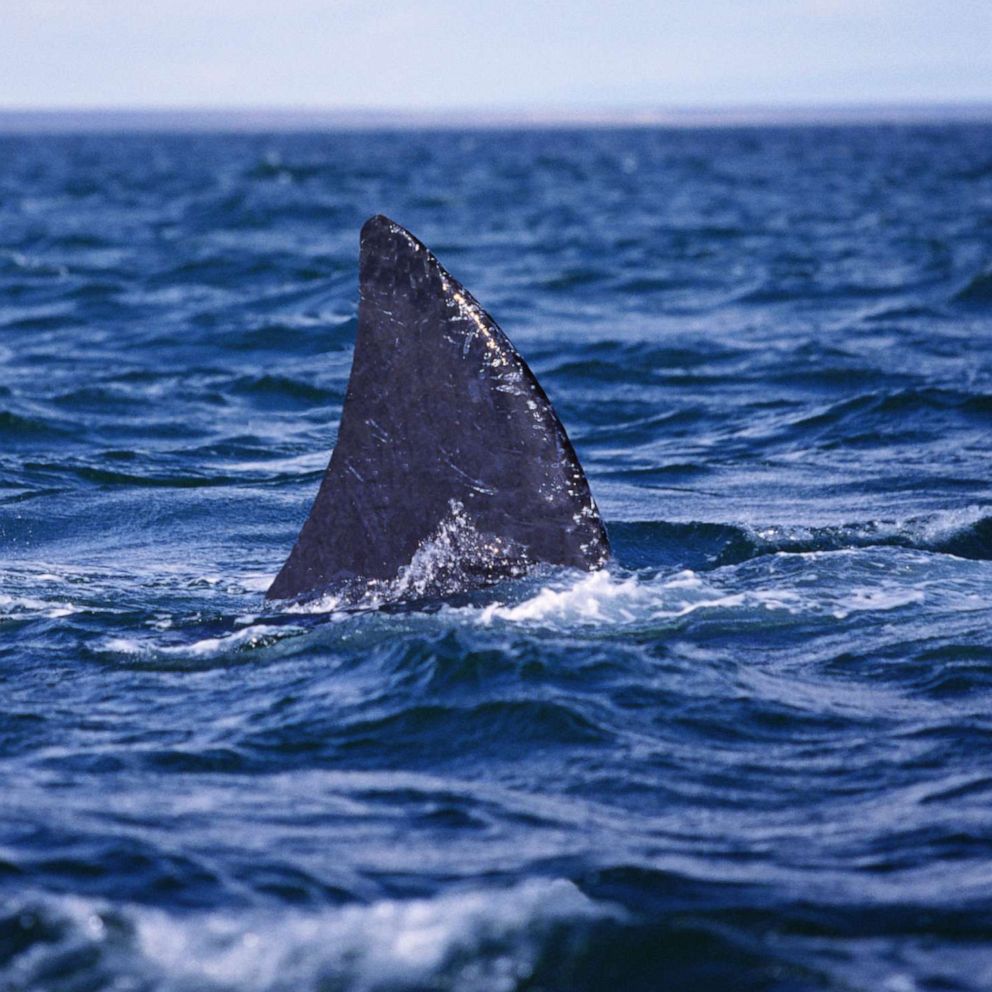Why Carl Lewis believes he can help save track and field
— -- HOUSTON -- Standing prominently inside the University of Houston athletic department's Hall of Honor is a life-size bronze statue of Carl Lewis, the figure dressed in a USA track uniform with four Olympic medals draped around the neck. Given Lewis' glorious achievements -- "One of the greatest athletes of the 20th century and of all time," reads a nearby description -- perhaps the bronze should be gold-plated.
Standing inside the track named in his honor and wearing red UH shorts, polo shirt and baseball cap on a spring day, the real-life gold-medal man is carefully watching athletes and handing out instructions. Among them, he tells the sprinters to take longer, more powerful strides, the way you would if you were pushing a car that had run out of gas -- that sprinting isn't about getting out of the blocks faster than everyone else but about starting off with power and then accelerating down the track so you pass everyone.
"He's taught me a lot. He made me see different things in track I didn't see before," senior sprinter LeShon Collins says. " ... He's a great coach. He's like a mentor. Shoot, I even call him a second father to me."
Lewis is coaching these young athletes how to follow his remarkable footsteps -- though those powerful footsteps are a challenge to follow.
"If someone questions him or comes at him wrong, he'll just say, 'Hey, it worked for me and you know who I am, so it will work for you,' " freshman John Lewis III (no relation) says with a laugh, adding, "He's like, 'Hey, I'm one of the biggest, one of the greatest and if you don't want to listen to me, then that's on you.' "
It has been 32 years since Lewis matched Jesse Owens by winning gold in the 100, 200, long jump and 4x100-meter relay at the 1984 Olympics in Los Angeles, and 20 years since he won his ninth and final gold medal (and 10th medal overall) at the 1996 Atlanta Games. He might have won even more had the U.S. not boycotted the 1980 Olympics in Moscow. He was also named the Sportsman of the Century by the IOC and Olympian of the Century by Sports Illustrated. Known as "King Carl," he was one of the biggest names in sports back then -- so globally known that there was a Japanese TV series during the mid-80s in which a large mannequin in Lewis' image raced against others. The mannequin would come out of the blocks behind, then powerfully accelerate and pass everyone to win.
Times have changed in track and field since Lewis' days, however, with the sport getting caught, passed and left far behind.
"I think Carl brought a lot of people along, he brought the sport along," Houston head coach and former 100-meter world-record holder Leroy Burrell says. "And I think it's really telling where the sport is now and when that decline started. It pretty much coincided with Carl retiring. And ever since then, track and field has been in a slow, downward spiral."
Or, as Lewis says, "The sport is dying."
Which is why Lewis is back at Houston now, as an assistant coach, to revive track so it can be powerful enough to accelerate and get back in the lead.
"I'm not looking for the next Carl Lewis," Lewis says. "Is there a nine-time gold medalist that I'm going to coach? Ninety-nine times out of 100, no. Is there an Olympian of the Century? I won't know because I'll be dead. Do I need these kids to get fame and fortune? Absolutely not.
"I tell these kids, 'I come out here all the time, so I need you to give the effort. There is not really much you can give me except for the satisfaction of winning.' ... What I want to see one day is what my parents went through. I want to be sitting there, like [my coach] was for me, while their child is running in the Olympics and winning, and they're sitting there, crying. That's what I want to do. That's what I can get out of this. That's why I get up and go every day."
'Don't get mad, get even'




